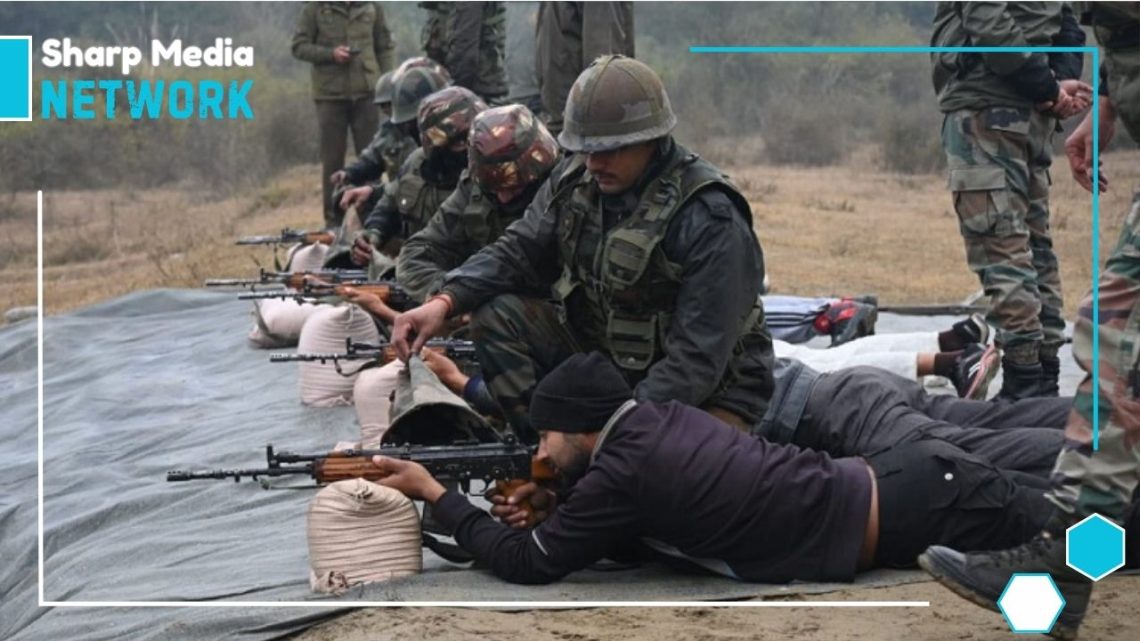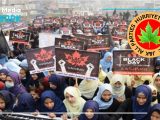
Surge in Mysterious Deaths in IIOJK Raises Concerns Over VDGs
January 16, 2025The discovery of a body in IIOJK underscores growing fears linked to the deployment of Village Defence Guards in the region.
The discovery of a male body in Gandhi Nagar, Jammu, on Thursday morning has sparked new concerns regarding the rising number of mysterious deaths since the activation of Village Defence Guards (VDGs) in Indian Illegally Occupied Jammu and Kashmir (IIOJK). This particular case, which involved the body of a man believed to be of Sikh descent, was found on the main road of Nai Basti. Authorities have moved the body to a hospital for post-mortem and medico-legal procedures. A case has been registered under Section 194 BNSS, and investigations are currently underway.
This tragic event is part of an unsettling pattern of deaths that have been reported since the introduction of VDGs in the region. These deaths, often shrouded in mystery, have raised alarm among local communities and human rights organizations. The increase in such incidents has drawn attention to the role of these civilian militias in the ongoing security situation in IIOJK.
Critics argue that the deployment of Village Defence Guards, which is intended to bolster security in rural and border areas, has had unintended consequences. Reports indicate that areas heavily militarized or where VDGs have been stationed are witnessing a rise in unexplained deaths. While the VDGs are purportedly meant to aid in maintaining order, the militarization of civilian life under the guise of security is creating an atmosphere of fear and instability, according to local sources.
Residents of regions with a significant presence of VDGs are increasingly expressing their concerns about the growing number of suspicious deaths. Many claim that the presence of these groups has contributed to an environment where lawlessness and fear have taken hold. The local population feels increasingly vulnerable, as the line between security forces and civilians becomes blurred, leaving communities unsure of where the real threats lie.
Moreover, the surge in such incidents has sparked widespread criticism of the Indian government’s approach to handling security in the region. Human rights advocates argue that the militarization of civilian life and the establishment of paramilitary groups like the VDGs are exacerbating tensions rather than providing meaningful solutions. They point out that these developments are fueling mistrust and fear within communities that have already endured years of conflict.
The increasing frequency of mysterious deaths and the growing unrest associated with the VDGs highlight a larger issue: the failure to address the underlying political and social challenges in IIOJK. The region has long been a flashpoint of tension, with calls for self-determination and an end to Indian military occupation. While the authorities maintain that the VDGs are a necessary measure to ensure safety, the escalating violence and suspicious deaths suggest that the situation may be worsening rather than improving.
As investigations into the recent death in Gandhi Nagar continue, there is mounting pressure on the authorities to reassess their approach to security in Jammu and Kashmir. For many, the presence of VDGs represents a significant shift in the region’s security dynamics, one that raises more questions than answers.

